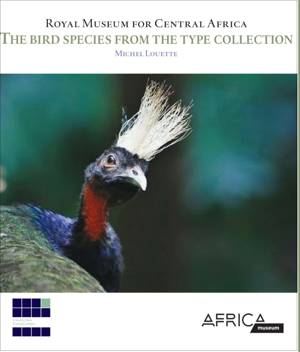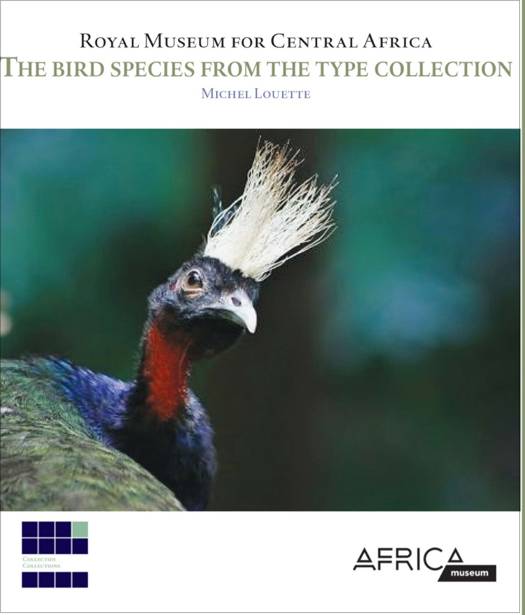
- Retrait gratuit dans votre magasin Club
- 7.000.000 titres dans notre catalogue
- Payer en toute sécurité
- Toujours un magasin près de chez vous
- Retrait gratuit dans votre magasin Club
- 7.000.0000 titres dans notre catalogue
- Payer en toute sécurité
- Toujours un magasin près de chez vous
25,00 €
+ 50 points
Description
Many people enjoy birdwatching and identification as a hobby, yet few realize that this became possible because all bird species were once described and given a scientific name. A species description is considered valid once a unique type specimen is identified and used as the reference. For twenty-five different bird species, that type specimen (or specimens) can be found in the Royal Museum for Central Africa (RMCA, Tervuren, Belgium). It concerns an assortment of birds of a very diverse nature. In some cases, ornithological science is still struggling to define a species. Six other birds that have not yet been recognized as 'proper' species by the International Ornithological Union are also discussed here. The type material for these six is also in the RMCA. Three more so-called species were once described by type material, but appear to be colour deviations with plenty of black in the plumage. This publication emphasizes the importance of the type collection within the scientific collections. Moreover, all the birds discussed are faithfully depicted using detailed illustrations and showing their distribution on a map. Most of these birds have a very limited distribution and are thus undoubtedly rare and difficult to spot.
Michel Louette has a doctorate in zoology. The long-time head of the Department of Biology, he was in charge of the bird collection in the Royal Museum for Central Africa from 1974 to 2012. He organized twenty scientific expeditions in Africa and described five new bird species as well as three new subspecies. Louette is the author of the catalogue of the ornithological type specimens in the museum, seven books, several chapters in Handbook of theBirds of the World and The Birds of Africa, and more than two hundred peer-reviewed publications, mainly on African ornithology.
Michel Louette has a doctorate in zoology. The long-time head of the Department of Biology, he was in charge of the bird collection in the Royal Museum for Central Africa from 1974 to 2012. He organized twenty scientific expeditions in Africa and described five new bird species as well as three new subspecies. Louette is the author of the catalogue of the ornithological type specimens in the museum, seven books, several chapters in Handbook of theBirds of the World and The Birds of Africa, and more than two hundred peer-reviewed publications, mainly on African ornithology.
Spécifications
Parties prenantes
- Auteur(s) :
- Editeur:
Contenu
- Nombre de pages :
- 160
- Langue:
- Anglais
- Collection :
Caractéristiques
- EAN:
- 9789464596199
- Date de parution :
- 05-04-23
- Format:
- Livre broché
- Dimensions :
- 155 mm x 180 mm

Les avis
Nous publions uniquement les avis qui respectent les conditions requises. Consultez nos conditions pour les avis.






